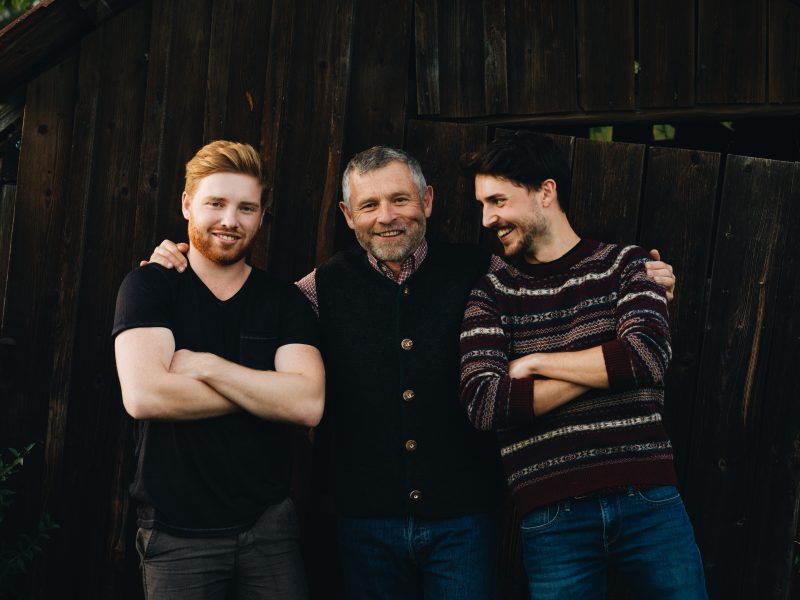Hiedler
Weingut Hiedler (35 ha)
Langenlois / Kamptal / Austria
The Hiedler triumvirate, Ludwig Hiedler with sons Ludwig Jr. and Dietmar, is crafting some of the most interesting, texturally compelling wines of the Kamptal. In the past few years, Ludwig Sr. has taken a step back and his sons are now running the show. The owl is the unmistakable symbol of this traditional estate in Langenlois, family-operated since 1856. The Archduchy of Austria honored the estate for its wine quality in the late 19th-century, and this has continued to inspire this producer’s high aspirations ever since.
As a founding member of the ÖTW (Association of Austria’s Traditional Wine Estates), Hiedler has been one of the motors of Austria’s vineyard classification since 1992. For decades, the estate has been cultivating vines on some of the best vineyard sites the Kamptal has to offer. The family’s profound understanding of origin and site is a determining factor in their wine style. Their Erste Lage holdings include Riesling parcels in the famous Heiligenstein, Gaisberg and Steinhaus vineyards. Grüner Veltliner is predominantly grown on the mineral-rich loess soils south and west of Langenlois; besides the original family vineyards of the late 19th-century in Thal, parcels include Erste Lage vineyards in Kittmannsberg, Käferberg and in Schenkenbichl, a distinct and special soil, where the vines are grown on amphibolite rock.
The estate was a pioneer in ecological winegrowing which continues in the present day; only sustainable vineyard practices are implemented. Green vegetation and wild herbs ensure vital soils and a healthy ecosystem for beneficial organisms. The vines are tended by hand, and the soils mechanically. Only organic compost is used to fertilize the soils. The use of copper is limited to a minimum. Strict abstinence of herbicides and pesticides has been in effect for several decades. All grapes are ultimately selectively harvested by hand, as it has always been done.
The family extends their natural approach to their vines in the cellar as well. For many years, Ludwig Hiedler has worked with local Kamptal yeast, without enzymes or the sulfurization of the juice. After fermentation, the wines are matured in either stainless steel or casks made with acacia, employing extended lees contact and selective bâtonnage. Notably, malolactic fermentation is not blocked but allowed to occur naturally, allowing Hiedler quite a broad and unique dimension of texture and depth – a distinctive approach to both Grüner Veltliner and Riesling from this region.
- Vineyard Area: 35 hectares
- Top Sites:
- Zöbinger Heiligenstein: 250 million year old Permian desert sandstone with feldspar (volcanic) and siltstone
- Zöbinger Gaisberg: The eastern most end of the Gföhler Gneiss plate that runs under the Kamptal, soils are made up of slatey para-gneiss, mica-schist, and amphibolite (metamorphic rocks formed from intense heat and pressure)
- Langenloiser Thal: 80 year old vines on Loess and quartzsand
- Langenloiser Kittmannsberg: One of the highest elevation vineyards in the Kamptal, at its peak, is 345m above sea level. Soils are calcareous clay over loess and loam
- Soil Types: Chalky loess, clay loam, granite, gneiss, amphibolite, mica schist, eroded desert sandstone
- Grape Varieties: 55% Grüner Veltliner, 25% Riesling, 10% Weissburgunder, 5% Chardonnay, 5% Pinot Noir




